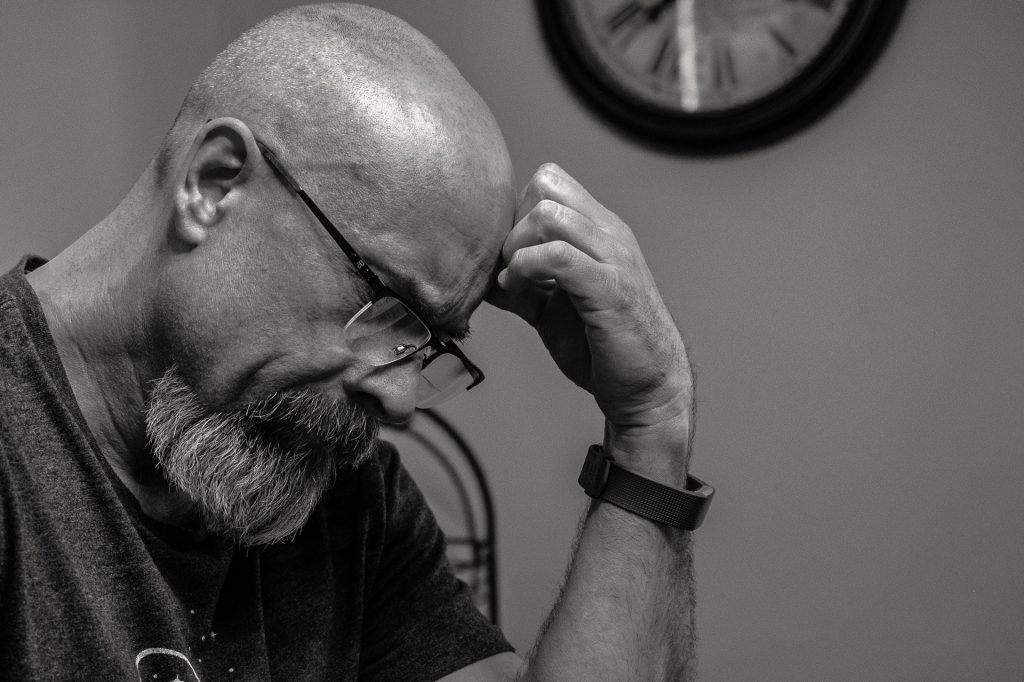A Trend of Prescribing Oral Minoxidil Off-label for Baldness

The New York Times reports that low oral doses of the cheap antihypertensive drug minoxidil – a key ingredient in many hair-loss treatments such as Rogaine – is now being widely used as an off-label prescription for male and female hair loss.
Since the accidental discovery of minoxidil’s topical efficacy in treating hair loss in the 1980s, it had became a staple in `Rogaine for male and female patients. However, applying the foam or lotion onto scalps is time-consuming and uncomfortable for many – as well as expensive.
There is not much in the way of clinical evidence as to its efficacy. A 2019 study in the Journal of the American Academy of Dermatology is so far the only randomised open study to compare 1mg oral minoxidil against 5% topical minoxidil for hair loss in female patients.
The oral minoxidil was not inferior to the topical version, and indeed trend analysis suggested it might be more effective.
According to the Times, the off-label designation might scare off some, but such drugs are widely used in practice.
Dermatologist Robert Swerlick, of the Emory University School of Medicine, noted that “most things we [dermatologists] do are off-label because there is nothing on-label.”
Brett King, a Yale School of Medicine dermatologist, told the Times that it would likely stay off-label because there wasn’t a financial incentive for Big Pharma to invest in proper trials.
“Oral minoxidil costs pennies a day,” King told the Times. “There is no incentive to spend tens of millions of dollars to test it in a clinical trial. That study truly is never, ever going to be done.”
Until researchers have the motivation and funding to conduct randomised controlled trials into low-dose oral minoxidil as a baldness treatment, the situation is likely to remain unchanged even if it is growing in popularity with certain dermatologists.


